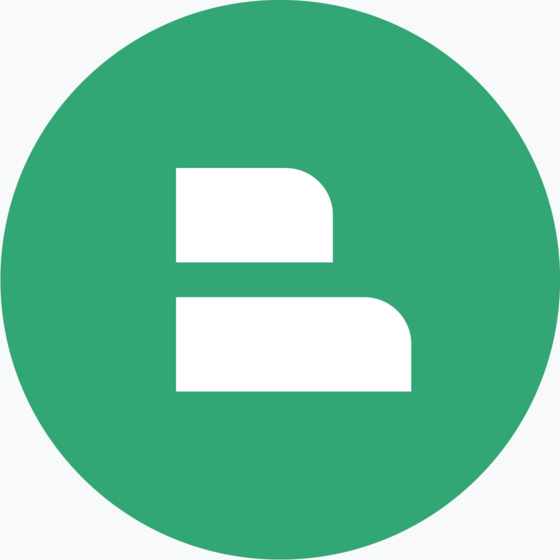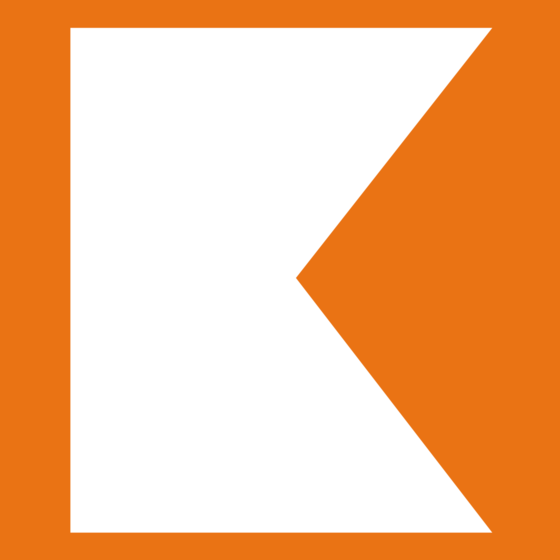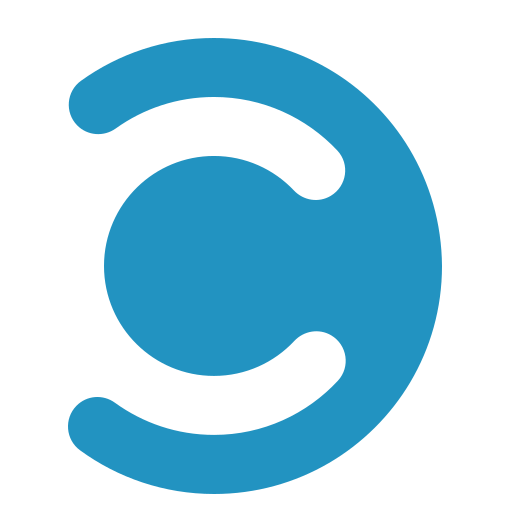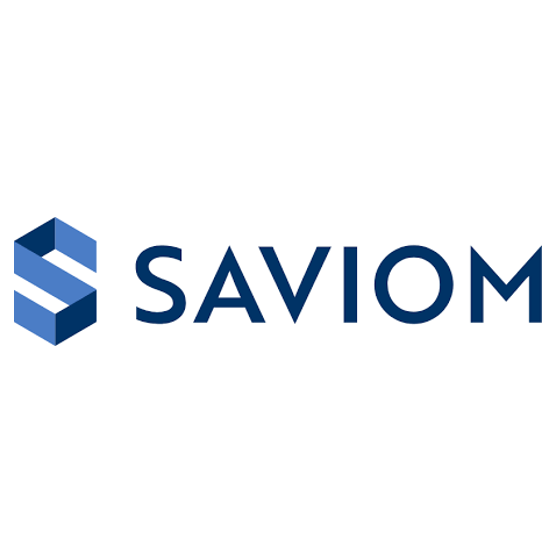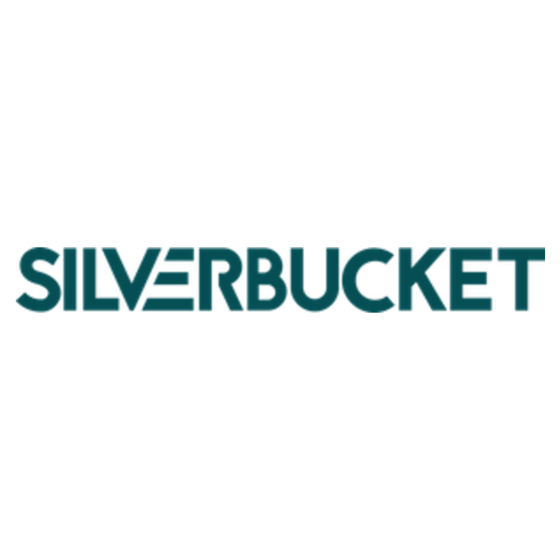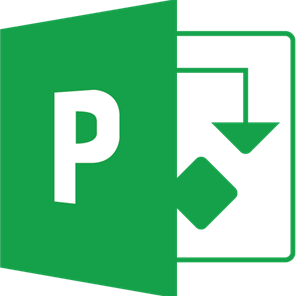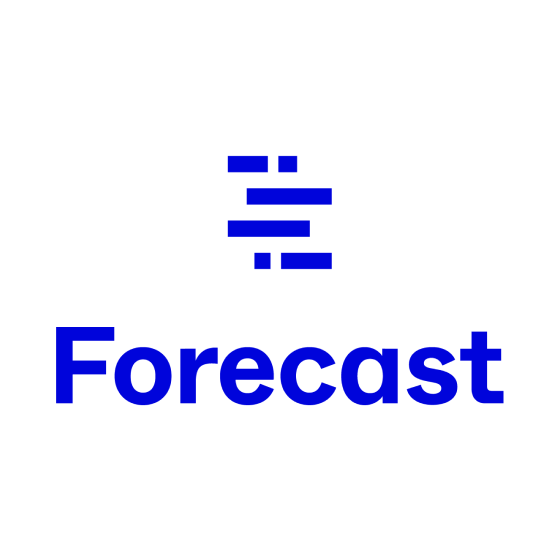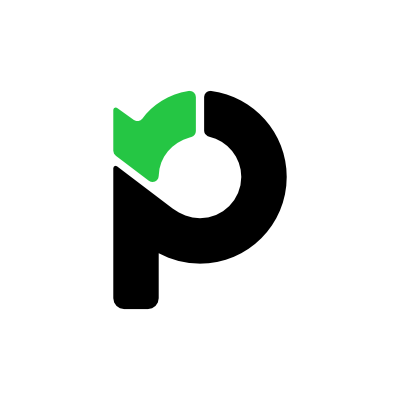10 Lista de Selección del Mejor Software de Administración de Recursos
Here's my pick of the 10 best software from the 20 tools reviewed.
Elegir a las personas adecuadas, para los proyectos adecuados, en el momento adecuado es esencial para una gestión de proyectos exitosa. Planificar con anticipación para diseñar la asignación de recursos más efectiva puede ahorrar tiempo, mejorar la moral del equipo y evitar el estrés de una carrera de último minuto.
En este artículo, he seleccionado cuidadosamente una lista de los mejores software y herramientas de gestión de recursos disponibles en el mercado hoy en día. Siguiendo mis descripciones detalladas del software, también he incluido las respuestas a algunas preguntas frecuentes sobre la gestión de recursos.
¿Qué es el Software de Gestión de Recursos?
El software de gestión de recursos es una plataforma SaaS basada en la nube que ayuda a los gerentes de proyecto en la asignación de recursos durante el proceso de planificación del proyecto.
Estas herramientas te permiten ver los niveles de capacidad actuales, determinar quién está disponible, entender cuáles son sus preferencias laborales y asignar recursos de una manera que sea práctica, estratégica y efectiva. El software y las herramientas de gestión de recursos facilitan la optimización de tu programación y mantienen al equipo organizado.
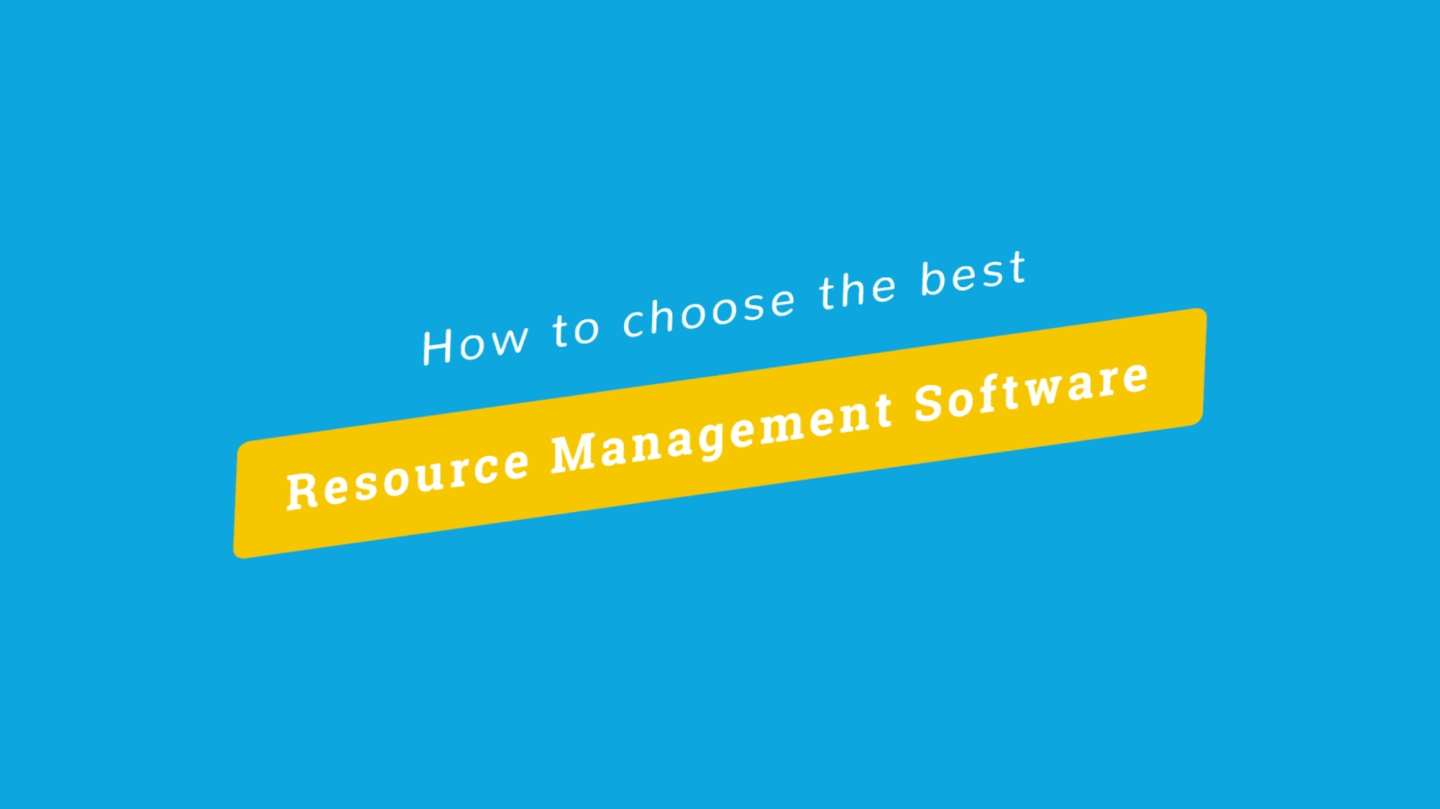
Descripción General de las 10 Mejores Herramientas de Software de Gestión de Recursos
En este artículo, hemos tratado de cubrir un amplio espectro de herramientas de software de gestión de recursos, considerando su complejidad, los precios y la funcionalidad. Pero más que nada, todo se reduce al flujo de trabajo de recursos de tu agencia o estudio y la funcionalidad que necesitas para hacer que todo funcione mejor. Echa un vistazo e inscríbete en algunas pruebas gratuitas para probarlas y encuentra el mejor software de administración de recursos de agencias para ti.
Kantata
La mejor planificación integral de recursos para equipos y agencias de servicios
Kantata es una herramienta completa que conecta los sistemas fundamentales de planificación, ejecución, contabilidad de proyectos y análisis en un entorno de operación único. Tiene módulos para gestión de proyectos, contabilidad, gestión de recursos, inteligencia empresarial y colaboración en equipo para equipos y agencias de servicios.
Por qué elegí Kantata: Lo que me atrae de Kantata es su sistema de paneles de control, características de seguimiento de tiempo y gastos en tiempo real, y su excelente sistema de documentación. El módulo de gestión de recursos ofrece utilización y márgenes en tiempo real en el nivel del proyecto e incluso en el nivel de la tarea. Kantata realmente ofrece una suite completa de gestión de recursos que incluso incluye herramientas de contabilidad como la estimación de costos del proyecto, gestión de presupuestos y facturación. A pesar de requerir tiempo para dominarlo por completo, Kantata ha sido ampliamente reconocido por ser fácil de usar y aprender.
Características destacadas e integraciones de Kantata
Las características que son particularmente impresionantes incluyen los servicios profesionales de Kantata. La plataforma pone a disposición de los usuarios a sus Consultores de Kantata BI, lo que significa que tienes acceso a un equipo que puede construir informes específicamente para tu negocio y proporcionar capacitación a tus recursos para ayudar a mitigar los riesgos y costos de implementación. Otras características que valen la pena incluyen la previsión de recursos, la gestión de capacidad, la gestión de habilidades, la planificación de escenarios y la planificación basada en roles.
Las integraciones incluyen integraciones preconstruidas con herramientas como Expensify, G Suite, Netsuite, Jira, Hubspot, Xero, Salesforce, Slack, Concur, Qualtrics, Dynamics 365 y Quickbooks. También proporcionan una plataforma de integración llamada M-Bridge para ayudarte a crear tus propias integraciones.
Parallax
Lo mejor para las empresas de servicios profesionales que buscan agrupar funcionalidad a través de integraciones
Parallax es una solución de planificación y pronóstico de recursos diseñada para ayudar a aumentar la utilización y está nativamente construida para integraciones. Es ideal para empresas de servicios digitales y equipos de desarrollo de software que buscan aprovechar al máximo la moderna planificación predictiva de recursos y el pronóstico activo para descubrir un crecimiento medido, tasas de ingresos más altas y márgenes más sólidos.
Por qué elegí Parallax: Parallax se ganó un lugar en esta lista porque hace un gran trabajo facilitando la optimización de recursos para empresas de servicios digitales. La herramienta te brinda la capacidad de equilibrar cargas de trabajo, analizar la utilización y asignar los recursos disponibles más adecuados a los proyectos más adecuados. Este enfoque ayuda a optimizar el rendimiento del equipo y mejorar la productividad en general. Las amplias capacidades de integración pueden ampliar aún más la funcionalidad de la plataforma.
Características destacadas e integraciones de Parallax
Las características que diferencian a Parallax de otras herramientas en esta lista incluyen la funcionalidad de gestión de recursos predictiva. La herramienta ha sido diseñada específicamente para gestores de proyectos y recursos, proporcionándote las herramientas necesarias para evaluar y optimizar eficientemente la oferta y la demanda. Con una mejor optimización de recursos, deberías ser capaz de mantener a los equipos contentos y satisfechos, mantener los proyectos y recursos en el camino correcto y alinear perfectamente a todos en el equipo y en la organización en objetivos comunes. Otras características destacadas incluyen etiquetas de habilidades con una búsqueda avanzada en la base de datos de empleados, modelos de facturación personalizables, informes en tiempo real sobre ganancias y pérdidas de proyectos y contabilidad de proyectos.
Las integraciones incluyen Hubspot, Slack, Tempo, Salesforce, Jira, Harvest, Microsoft Teams, Asana y Oracle NetSuite. El enfoque de integraciones de la plataforma garantiza que puedas agrupar las mejores características de cada herramienta en tu conjunto tecnológico actual en un solo lugar.
Saviom es un software de gestión de recursos que es ideal para grandes empresas. Está equipado para proporcionar una vista general visual de las complejas necesidades de equipos y programación para proyectos con múltiples componentes en movimiento.
Por qué elegí Saviom: Elegí Saviom para esta lista porque te permite identificar rápidamente qué recursos deben asignarse en función de factores como el costo, la disponibilidad, la ubicación y la competencia, en toda la empresa. Puedes obtener fácilmente una visibilidad de alto nivel incluso en presencia de matrices complicadas (por ejemplo, cuando tienes verticales como dominios, regiones, equipos y departamentos, además de proyectos individuales). Su funcionalidad de pronóstico de proyectos ayuda a identificar vacantes futuras, mientras se supervisan aspectos financieros como el margen de beneficio, los ingresos y los costos.
Características destacadas e integraciones de Saviom
Las características de Saviom que son particularmente impresionantes incluyen su inteligencia empresarial en tiempo real, que te permite cumplir con las demandas cambiantes. Puedes construir portales, análisis, informes y paneles a medida para tus necesidades, ya que Saviom es altamente expandible y configurable. También puedes controlar la visibilidad de los datos con filtros. Otras características destacadas incluyen un planificador y programador de recursos multidimensional, pronósticos avanzados y planificación de capacidad, y inteligencia empresarial en tiempo real.
Las integraciones incluyen Outlook, Google, Salesforce, Jira y las integraciones personalizadas que puedes crear utilizando su marco de intercambio de datos.
Resource Guru es un software de gestión de recursos dedicado que tiene como objetivo hacer que la gestión de recursos sea fácil de usar con herramientas de programación rápida.
Por qué elegí Resource Guru: Elegí Resource Guru para esta lista debido a sus capacidades de resolución de conflictos. La gestión de recursos y la colaboración en equipo están integradas para que la reserva de recursos sea más sencilla, con gestión de conflictos, gestión de permisos y una lista de espera para evitar la sobre reserva. Ayuda a los directores de proyecto a hacer reservas simultáneas sin posibilidad de pisarse los unos a los otros. Los conflictos se evitan automáticamente, lo que te ahorrará un gran dolor de cabeza.
Características destacadas e integraciones de Resource Guru
Las características que realmente destacan en Resource Guru incluyen paneles individuales de recursos que permiten a cada miembro del personal iniciar sesión y saber exactamente en qué deben estar trabajando. Para supervisar el rendimiento empresarial, informes poderosos ayudan a identificar qué proyectos y clientes están siendo sobreservidos y te asisten en el seguimiento de la utilización del equipo y la planificación futura de la capacidad. Otras características destacadas incluyen programación de arrastrar y soltar, gestión de equipos, reserva de salas de reuniones, planificación de capacidad e informes de pronóstico.
Las integraciones incluyen aplicaciones de calendario como el calendario de Outlook, Calendly y el calendario de Google. Miles de aplicaciones adicionales son accesibles a través de Zapier.
Hub Planner es un software de gestión de recursos con una suite completa de funciones de programación, registro de tiempo e informes. La característica principal es el Scheduler simple y fácil de usar, que permite la planificación y visualización de proyectos y recursos. Los usuarios pueden arrastrar y soltar para planificar proyectos y programar recursos. La herramienta también ofrece un menú multifunción, potentes filtros y una barra de capacidad de equipo dinámica. Los múltiples modos de visualización permiten tanto vistas generales de alto nivel como vistas detalladas de proyectos.
Hub Planner cuenta con un potente motor de informes con más de 70 plantillas preformateadas. Si no encuentras lo que buscas en una plantilla, puedes crear informes desde cero.
Hub Planner también cuenta con varios flujos de trabajo en línea para hojas de tiempo, solicitudes de vacaciones y una elegante opción de solicitud y aprobación de recursos. Su función de Trabajo no asignado es excelente para la programación y la previsión antes del pipeline, y los usuarios pueden crear campos personalizados a nivel de recurso o proyecto. También pueden personalizar notificaciones y recordatorios de programación.
Han adoptado un enfoque modular, por lo que tienes la opción de agregar o quitar extensiones al producto base, lo que permite a los equipos aumentar la funcionalidad o desactivar partes que no necesitan. Hay integraciones en línea con Basecamp, Slack, iCal, Rest API y Zapier disponibles.
Hub Planner ofrece una prueba gratuita bastante extensa de 60 días con todo incluido. Además, cuentan con una base de conocimientos extensa con videos tutoriales, y su servicio al cliente es excelente.
El mejor software de gestión de relaciones (RM) para usuarios de Microsoft.
Forecast
El mejor software de gestión de relaciones (RM) asistido por inteligencia artificial.
Paymo
La mejor herramienta de gestión de recursos (RM) para equipos remotos.
Tabla Comparativa del Mejor Software de Administración de Recursos
Es fácil sentirse un poco abrumado por la gran variedad de software de planificación de recursos que hay. A continuación, hemos hecho una tabla fácil de leer que resume con precisión la información básica sobre las herramientas descritas en este artículo.
| Tools | Price | |
|---|---|---|
| Kantata | Precio bajo pedido | Website |
| Parallax | Precio bajo pedido | Website |
| Celoxis | No price details | Website |
| Saviom | Precio bajo pedido | Website |
| Resource Guru | Desde $3 USD/usuario/mes | Website |
| Hub Planner | Desde $7 USD/usuario/mes (pago anual) | Website |
| Silverbucket | No price details | Website |
| Microsoft Project | No price details | Website |
| Forecast | No price details | Website |
| Paymo | No price details | Website |

Compare Software Specs Side by Side
Use our comparison chart to review and evaluate software specs side-by-side.
Compare SoftwareOtras Herramientas de Software de Administración de Recursos
¿Ninguno de los anteriores te funciona? Consulta la lista a continuación para conocer otras herramientas de software de gestión de recursos del proyecto:
- ProjectManager.com
Lo mejor para monitorear recursos a través de paneles de proyecto.
- ActiveCollab
Lo mejor para la facturación incorporada.
- Mosaic
Lo mejor por sus recomendaciones basadas en las habilidades y disponibilidad de recursos
- GanttPRO
Lo mejor para el cálculo avanzado de la carga de trabajo de recursos.
- monday.com
Lo mejor para una planificación sencilla de carga de trabajo y capacidad
- Smartsheet
Lo mejor para automatizaciones de flujo de trabajo avanzadas y personalizadas
- Meisterplan
Lo mejor para la asignación de recursos basada en roles antes de la asignación de personal.
- Float
Lo mejor para agencias digitales y equipos de producción
- Birdview
Lo mejor para simular la carga de recursos.
- Runn
Lo mejor para gestionar y dar seguimiento a los recursos en tiempo real
¿Necesitas Ayuda Para Reducir las Opciones?
Esta herramienta es bastante útil. Nos hemos asociado con Crozdesk para brindarte acceso a su “Buscador de software”.
Si ingresas algunos de los detalles sobre tu proyecto y las funciones que buscas en una herramienta de administración de proyectos, generará una lista de herramientas que coinciden con tus preferencias. Sólo debes proporcionar tu correo electrónico y te enviarán una bonita guía en PDF con un resumen de las mejores coincidencias.
Criterios de Selección para el Mejor Software de Gestión de Recursos
¿Tienes curiosidad sobre cómo seleccioné el mejor software y herramientas de gestión de recursos? Utilizando mis años de experiencia en gestión de proyectos, evalué las herramientas basándome en los criterios de evaluación a continuación:
Funcionalidad Básica
Comencé evaluando una amplia gama de software y herramientas de gestión de recursos con calificaciones positivas de los usuarios. Me aseguré de que cada uno tuviera la siguiente lista de funcionalidades básicas:
- Permitirte programar individuos y equipos
- Proporcionar visibilidad sobre la utilización futura
- Habilitarte para crear flujos de trabajo personalizables
Características Clave
Para ofrecer la funcionalidad básica mencionada anteriormente, es mi opinión que tu software de gestión de recursos debería ofrecer las siguientes características:
- Planificación de recursos de carga de trabajo: Una vista donde puedas ver quién está haciendo qué, cuánto tiempo tomará, posibles cuellos de botella y quién puede manejar más tareas.
- Integración de hojas de tiempo: Las métricas relacionadas con el tiempo empleado, el tiempo utilizado y los costos de tiempo son clave para la programación de recursos, por lo que una integración de hojas de tiempo o una solución incorporada es crítica.
- Automatización de la asignación de recursos: La asignación de recursos consume tiempo, así que querrás poder automatizar parte del trabajo pesado. Busca características de automatización que no requieran codificación. La mayoría de las herramientas de planificación de recursos hoy en día tienen constructores de automatización de arrastrar y soltar.
- Alertas de utilización de recursos: ¿Has sobrepasado demasiado el tiempo o los presupuestos de costos sin darte cuenta? Quieres una herramienta que monitoree las métricas de utilización relevantes y lo detecte para ti. Especialmente si manejas múltiples proyectos.
- Permisos del gestor de recursos: La herramienta debería permitirte establecer diferentes permisos para los usuarios dependiendo de su nivel de acceso requerido.
Usabilidad
La cantidad de información relacionada con los recursos puede ser abrumadora, especialmente a medida que nuestros proyectos crecen. Por lo tanto, la interfaz de usuario del software que utilizamos debe hacer un buen uso de los espacios en blanco y tener barras de herramientas y menús fáciles de navegar para que podamos encontrar nuestro camino a través de la herramienta y programar recursos. Deberías tener acceso adecuado a etiquetas (relacionadas con habilidades y preferencias) para ayudar a filtrar tu búsqueda. Las funciones de arrastrar y soltar también ayudan a acelerar el proceso de asignación.
Integraciones
Algunos software de gestión de proyectos basados en la nube en esta lista podrían no tener el nivel de profundidad requerido para ser excelentes software de gestión de recursos, pero utilizan integraciones para compensar eso. Las integraciones amplían la funcionalidad de una plataforma al conectarla con herramientas externas, como un CRM, o programas de contabilidad y finanzas. Tiene sentido que la gestión de recursos, el seguimiento del tiempo y la facturación puedan estar conectados para agilizar los procesos.
Valor por el Dinero
El precio de una herramienta es un factor importante para priorizar tus opciones. Por lo tanto, busqué información sobre precios para averiguar si hay versiones gratuitas del software, pruebas gratuitas y el precio de inicio de los planes pagados. Las herramientas en esta lista representan una buena variedad de diferentes puntos de precio, con algunas incluso ofreciendo un plan freemium. En mi opinión, siempre debería haber un equilibrio entre el precio y el valor.
La Gente También Pregunta
Encuentra respuestas a preguntas comunes sobre la gestión de recursos y el software de gestión de recursos.
¿Qué es la gestión de recursos?
En la gestión de proyectos, la gestión de recursos se refiere a la práctica de planificar, rastrear y optimizar la utilización de recursos (como recursos humanos, espacio y equipo) con el fin de agilizar el trabajo y la finalización del proyecto.
Este proceso implica planificar y gestionar: verificar la disponibilidad del recurso, programar fechas de inicio y finalización, manejar cualquier conflicto o dependencia de recursos, y monitorear con el tiempo para adaptarse a los cambios.
¿Cómo creas un plan de recursos?
Aquí están los 3 pasos principales que puedes seguir para crear un plan de recursos:
- Identifica los diferentes tipos de recursos necesarios para completar el proyecto.
Los recursos podrían incluir miembros del equipo, equipo, salas de reuniones o cualquier cosa que se requiera como parte del proceso del proyecto. - Cuantifica la cantidad de cada tipo de recurso requerido.
Para cuantificar los recursos, tendrás que considerar los recursos y estimar su esfuerzo en el proyecto. - Programa el consumo de cada recurso dentro del proyecto.
Para programar los recursos, necesitarás un cronograma del proyecto para saber a quién reservar, cuándo y por cuánto tiempo.
¿Cuáles son 3 técnicas de gestión de recursos?
Tres técnicas comunes de gestión de recursos incluyen la previsión de recursos, el nivelado y el suavizado.
La previsión de recursos es una técnica de gestión de recursos que crea un plan de los recursos necesarios para entregar un proyecto.
A menudo ocurre en las fases iniciales de un proyecto, incluso desde el proceso de ventas. Una previsión de recursos estima los recursos y el esfuerzo que se requerirán para el proyecto, lo que ayuda a determinar el cronograma del proyecto, el presupuesto del proyecto y la estimación del proyecto presentada al cliente.
El nivelado de recursos es una técnica en la que tienes fechas de inicio y finalización del proyecto flexibles. Esta flexibilidad proviene de poner a tus recursos en primer lugar e intentar nivelar la carga de trabajo de la manera más uniforme posible, dadas tus recursos del proyecto.
El suavizado de recursos es un poco lo opuesto a la técnica de nivelado. En este caso, sabes que tienes que terminar el proyecto en una fecha determinada y no puedes cambiarla. Dado que el tiempo es tu prioridad aquí, lo que haces es intentar hacer el uso más eficiente de tus recursos. Esto se logra evitando picos y valles en la utilización de recursos.
¿Cómo calculas los recursos del proyecto?
Una forma sencilla de calcular el nivel de esfuerzo requerido es mirar el rendimiento de proyectos anteriores y compararlo con el plan del proyecto actual para identificar la velocidad actual del equipo del proyecto.
Luego puedes usar la fórmula: velocidad actual / estimación del proyecto = recursos necesarios.
Es importante calcular los recursos necesarios para un proyecto para que tomes la cantidad adecuada del tiempo del equipo. Si asignas demasiado poco, no tendrán suficiente tiempo para completar el trabajo, y si asignas demasiado, podrías estar impulsándolos inadvertidamente a perder tiempo o trabajar lentamente para llenar el tiempo.
¿Necesito software de gestión de recursos?
No necesariamente. Cuando las agencias comienzan, generalmente es con un puñado de recursos. No hay una necesidad urgente de gestión de recursos o software especializado. Por lo general, la gestión del trabajo implica simplemente reunirse rápidamente, acordar prioridades y determinar en qué va a trabajar cada uno durante el día. O, si la gente se siente realmente ambiciosa, para toda la semana.
A medida que la agencia crece, la gestión de recursos se vuelve más formal y el programador de recursos se convierte en una pizarra. Simple, ¿verdad?
Luego, ocurre un desastre cuando alguien borra accidentalmente la pizarra, o la oficina crece hasta el punto de que la gente realmente no puede ver la pizarra, y todos se dan cuenta de que es hora de pasar al estándar de oro de la agencia: el infame programador de recursos de la perdición, también conocido como la hoja de cálculo de recursos.
¿Debería seguir usando hojas de cálculo?
Todos saben que la gestión de recursos mediante hojas de cálculo realmente no funciona. No está diseñada para el trabajo. Todo es un poco improvisado, son torpes y están horriblemente propensas a errores. Pasan los meses y, de alguna manera, la hoja de cálculo de recursos apenas logra mantenerse a flote.
En el mejor de los casos, tu hoja de cálculo de asignación de recursos podría decirte cuán poco dotados de recursos o subutilizados están tus equipos, o incluso incluir pronósticos, pero ¿incluye seguimiento del presupuesto, seguimiento del tiempo para horas facturables, informes de proyectos, envío de notificaciones en tiempo real al personal, ayudándoles a colaborar, o un proceso incorporado para solicitar recursos y asignación de recursos? Sin estos elementos, no puede ser la solución que estás buscando.
Pero hay esperanza. Un número creciente de herramientas ha evolucionado en los últimos años para solucionar el problema de la gestión de recursos en Excel y realmente crear algo mejor que las herramientas gratuitas de gestión de recursos, cosas que realmente aportan un valor empresarial adicional además de mantener todo organizado.
¿Qué es el software de gestión de recursos?
A veces denominado software de planificación de capacidad de recursos, es un tipo de herramienta de gestión de proyectos que te permite planificar, asignar y luego rastrear quién está trabajando en qué proyecto, cuándo y durante cuánto tiempo.
Este software facilita que todas las partes interesadas vean la disponibilidad de recursos y la capacidad de la organización, así como las habilidades disponibles. Luego, programar y proporcionar informes para mostrar la utilización de recursos histórica y proyectada.
Algunos software también tienen características de software de gestión de proyectos. Estas facilitan la planificación, programación y reprogramación de proyectos, tareas y recursos en la misma herramienta.
Aprende más sobre los casos de uso para el software de gestión de recursos aquí.
¿Cuáles son los beneficios de usar software de gestión de recursos?
Optimiza la gestión y despliegue de recursos para que sean lo más eficientes y efectivos posible, reduciendo el tiempo de inactividad y aumentando la utilización.
Proporciona una vista panorámica de la capacidad organizativa para evitar la sobreventa y apoyar las decisiones de contratación.
Pronostica ingresos proporcionando informes sobre proyectos futuros y despliegue de recursos planificado.
¿Cuál es un ejemplo de un sistema de gestión de recursos efectivo?
Un sistema de gestión de recursos efectivo es aquel que te permite ver tus recursos, los proyectos y tareas a los que están asignados, te ofrece una representación visual de cuán ocupados están y te da opciones para equilibrar la carga de trabajo. Puede ser tan simple como una hoja de cálculo de Excel o Google. Sin embargo, es uno que permite a tu organización desplegar los recursos a su disposición de la manera más eficiente y efectiva posible para asegurar que tu proyecto avance sin problemas.
Un sistema efectivo permite a la organización llevar a cabo la planificación de recursos de una manera que maximiza la utilización de los recursos disponibles y considera la disponibilidad del personal, sus habilidades, sus preferencias, su ubicación y zona horaria, y los asigna a proyectos y objetivos organizacionales.
¿Es Jira una herramienta de gestión de recursos?
No. Jira es un software de seguimiento de problemas y proyectos que no está diseñado como una herramienta nativa de gestión de recursos. Por lo tanto, no te permite ver información detallada de tu equipo a nivel individual.
Sin embargo, si estás utilizando Jira o planeas usarlo, aquí hay tres soluciones alternativas para la planificación de recursos en Jira que Sarah Hoban utiliza para gestionar recursos dentro de la herramienta.
¿Qué Sigue?
Las herramientas de gestión de recursos pueden ayudarte a crear una cultura de retención al mitigar el riesgo de agotamiento. ¿Entonces qué estás esperando? Para aprender más sobre la asignación de recursos, consulta nuestra guía completa sobre la capacidad de carga de trabajo. O si te gustaría explorar lo que puedes hacer con Excel un poco más, aquí tienes un ejemplo y una plantilla gratuita sobre la asignación de recursos.
Recuerda suscribirte a nuestro Boletín de Membresía Insider (en inglés) si quieres mantenerte al día con contenido nuevo y emocionante para gerentes de proyecto!

